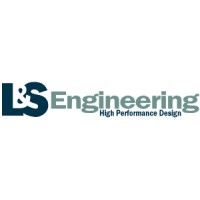
JBF National
JBF National is a leading industrial products manufacturer and distributor based out of Farmington Hills Michigan. We are committed to providing solutions to industrial product needs through superior customer service with the help of our highly trained sales technicians and support staff. Our products are manufactured to the highest standard of quality, and are used in a vast array of applications across a spectrum of industries and organizations including retail, automotive, printing, military, aerospace, medical, the United States government, biotech, transportation, distribution, and more. Our industrial products catalogue includes, adjustable handles, magnets, quick release pins, anti-vibration mounts, hand knobs, crank handles, leveling pads, handwheels, toggle clamps, revolving handles, pull handles, ball and spring plungers, retractable plungers, and more. We also specialize in design customization capabilities including die and sand castings, machining, forming, welding, and laser cutting.






